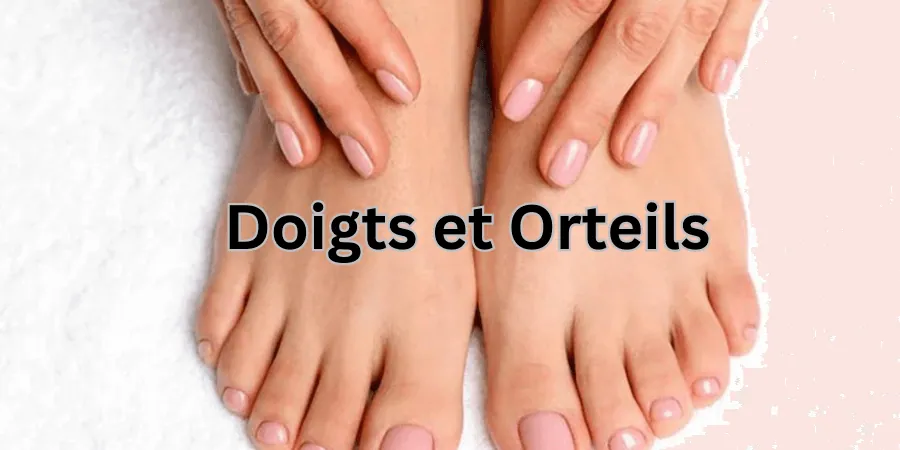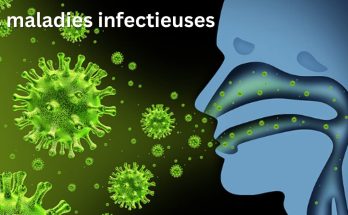Fingers and Toes Blood circulation is an important function that helps deliver oxygen and nutrients to various vital organs and parts of the body, including the fingers and toes.
In general, blood circulation is described as the movement of blood through the vessels, from arteries to capillaries, and then through the veins of the heart, lungs, and throughout the body.
Raynaud’s phenomenon is a condition that results from decreased blood flow to the fingers and toes in response to cold or stress. If you’ve ever felt something like this but aren’t familiar with the condition, here’s everything you need to know.
What is Raynaud’s phenomenon?
According to him, this phenomenon is due to spasms of blood vessels in response to stress, a cold or emotional shock.
In general, there are two types of Raynaud’s phenomenon:
- primary, the cause of which is unknown
- Secondary, associated with another disease such as autoimmune diseases or connective tissue diseases (lupus, scleroderma) – less common but more serious.
According to StatPearls Publishing, secondary Raynaud’s phenomenon can also be caused by medications such as migraine medications, interferon alpha and beta, cyclosporine, and non-selective beta blockers. In addition, in people aged over 60 years, obstructive vascular diseases are a common cause. Additionally, infections such as parvovirus B19, cytomegalovirus, hepatitis B and hepatitis C, or underlying conditions such as fibromyalgia, polycythemia, arteriovenous fistula, myalgic encephalitis or malignancies can also contribute to the onset of the disease.
Impact on fingers and Fingers and Toes
Raynaud’s phenomenon can affect different parts of the body, but it mainly affects the fingers and toes and fingers. Here are some of the most common symptoms:
- The skin of the affected part becomes pale or White due to lack of blood circulation.
- The affected area turns blue and feels cold and numb because the blood remaining in the tissues loses its oxygen.
- As the body warms and blood flow resumes, the area turns red and may swell, tingle, burn, or throb.
- Small painful sores, especially on the tips of fingers or toes, and gangrene.
Who is at risk?
Fingers and Toes Research suggests that women, particularly young teenagers and young women in their 20s, are nine times more likely to develop Raynaud’s phenomenon.
People with a family history of Raynaud’s phenomenon also have un risque plus élevé de développer la maladie , according to Dr. Sofie broker.
Therapeutic approach
Treatment for Raynaud’s phenomenon involves lifestyle changes and certain medications. The goal is to reduce the number and severity of attacks, prevent tissue damage and treat the underlying condition, according to the Mayo Clinic.
Jean-Louis Guillet. Fingers and Toes France, “As the cold and stress are the triggering factors of the attack, the treatment consists of keeping warm, stopping smoking, avoiding certain medications and consulting a rheumatologist for drug treatment.”
In the most severe cases, people with Raynaud’s disease may need to take medications, including alpha-1 blockers, which constrict the blood vessels, dihydropyridine calcium channel blockers, which relax the small blood vessels in the hands and feet, and other vasodilators, which help dilate veins, according to Medical News Today.
Conclusion of the investigation
Although Raynaud’s phenomenon is not a commonly heard term, it is a common condition that primarily affects the fingers and toes. Although there is no cure for this condition, certain measures can help keep the various triggers at bay. These include dressing in warm clothing, avoiding emotional stress, limiting caffeine and alcohol consumption, and avoiding smoking. The best way to diagnose the disease and determine the appropriate treatment is to consult a doctor or rheumatologist. Don’t ignore the signs and treat them immediately.




